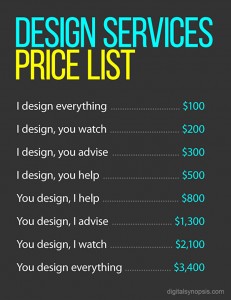.jpg)
Imagine for a moment that this was a kitchen instead of a laundry room. I think I’d be happy every time I cooked a meal in such a light, bright, and airy space. This design is by Ashley Winn Design out of Salt Lake City. She is doing some very stalkable work (if you stalk designers the way that I do that is). I think it can really pay off when people take a risk and use an actual color for their cabinets, especially this light sea blue (though I also love a stormy french grey-blue).
The designer also used encaustic tile for the flooring. Encaustic tile is cement tile where the colors and patterns are not actually done with glazes. Instead, the colors are created using powdered pigments in the clay so that the color is integral to the tile itself. The end result is a matte finish and timeless look, partly because the technique first rose in popularity in 13th century and has been around ever since and been through quite a few revivals. Since one of these revivals was in the 1920’s, these look completely at home in some of San Diego’s historic neighborhoods, like Southpark or Kensington, where many of the original houses were built in the late 20’s. Want to find some encaustic tile for your bungalow? Cement Tile Shop is a great resource and their visualizer will help you picture how it will look in your own home. Tierra y Fuego also sells them affordably. Grenada tile’s Echo collection also has some gorgeous options, including unusual Arabesque shapes.







.jpg) I think it is a lovely example of a classical garden design that still feels very livable and current. You can find more photos of this garden by Reed Hilderbrand Landscape Architects
I think it is a lovely example of a classical garden design that still feels very livable and current. You can find more photos of this garden by Reed Hilderbrand Landscape Architects 








 Because of the way I run business, I do a lot of design directly in front of my customers. This certainly isn’t the way most designers work, but I have found that it has taught me a whole lot about the relationship between client and designer.
Because of the way I run business, I do a lot of design directly in front of my customers. This certainly isn’t the way most designers work, but I have found that it has taught me a whole lot about the relationship between client and designer.
